-
A host of warning signs point to China preparing for military action against Taiwan.
-
Experts say China could be readying for a showdown over the island.
-
US involvement, and Chinese leader Xi’s goals, also factor into the timeline.
Tensions between China and Taiwan are reaching a boiling point, and many signs point to Chinese military action to seize the island by force, possibly in just a few years.
While a Chinese invasion of Taiwan would be an incredibly complex and dangerous operation, influential China watchers are sounding the alarms over preparations almost certainly needed to seize the island — a buildup of China’s naval forces, energy and food stockpiles, and large-scale military drills just off its coast.
“I don’t think they lack for anything that they need,” Lyle Goldstein, director of Asia engagement at Defense Priorities, said of China’s forces. “You could always ask the question, ‘Could they be more ready?’ and I suppose there are some certain areas, but I, for a long time, maintained they have what they need to undertake the campaign.”
What China needs for an all-out attack
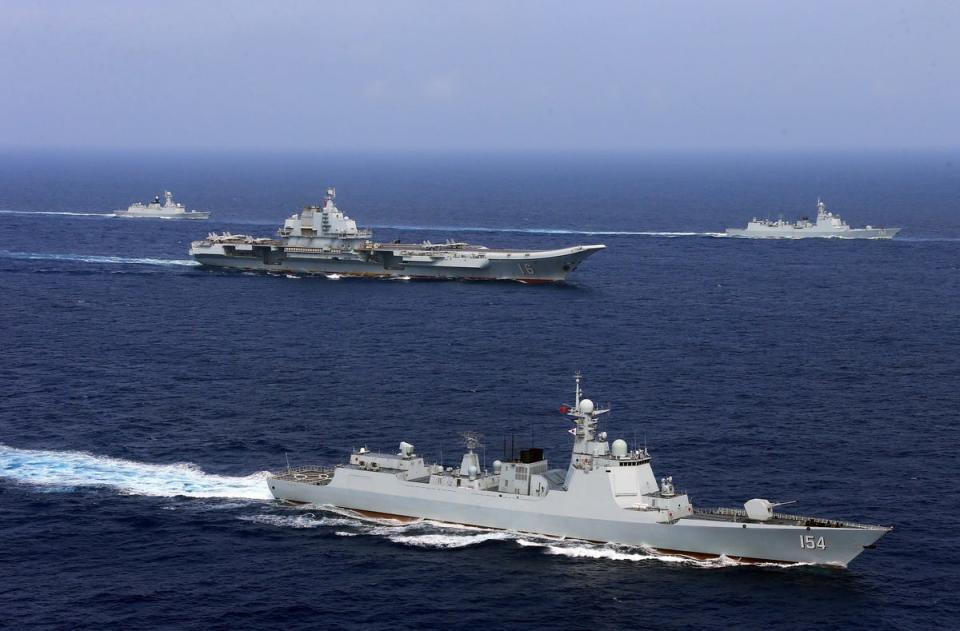
China has pushed a rapid modernization of its armed forces over the past two decades that has alarmed US military officials and opened China leader Xi Jinping‘s options for how to reunify Taiwan, the democratic island of 24 million that Beijing views as a breakaway. China’s navy, for example, has surpassed the size of the US fleet and its shipbuilding capacity is easily the largest in the world.
But there are questions around the quality of China’s warships despite the sheer numbers, and whether it has the capacity for an amphibious assault against Taiwan’s advanced weapons.
Taiwan’s Ministry of Defense assessed in 2021 that China “lacks the landing vehicles and logistics required to launch an incursion into Taiwan.” The US Department of Defense largely concurred, and the US-China Economic and Security Review Commission wrote something similar in its 2020 report, noting that while China had a “shortage of amphibious lift, or ships and aircraft capable of transporting troops the [Chinese military] needs to successfully subjugate the island,” the PLA was looking into using civilian vessels to supplement that.
Chinese ships and aircraft that try to invade or blockade the island into submission would be highly vulnerable to Taiwan’s arsenal of advanced weapons like F-16 fighter jets, Patriot missile batteries, and Harpoon anti-ship missiles. The question is whether China has built an invasion force that can sustain the damage from these weapons in what would be the first amphibious invasion in seven decades.
Others have seen signs that China is corralling the civilian shipping needed to meet the heavy material needs of an amphibious invasion armada.
Thomas Shugart, a former US Navy submarine commander who’s now an adjunct senior fellow at the Center for a New American Security think tank, wrote for War on the Rocks in August 2021 that “Chinese leaders have already begun organizing civilian shipping into auxiliary units of the military,” highlighting examples of large roll-on/roll-off ferries being employed in amphibious assault exercises, something Chinese media later confirmed, and adding that the civilian vessels were carrying both Marine Corps and ground force units.
While these ferries aren’t necessarily designed for landing assault troops, Shugart noted, they are built to carry a large number of people, load ground forces quickly and with little warning, disembark their troops, and return for more; the US military also has fast-transport vessels and cargo ships to support operations.
“The evidence shows that these fleets are all ready to mobilize, really at a moment’s notice,” Goldstein said. “China has the biggest ports in the world and they’re full of these ships, so putting them together into fleets to make this attack would be very quick, within days.”
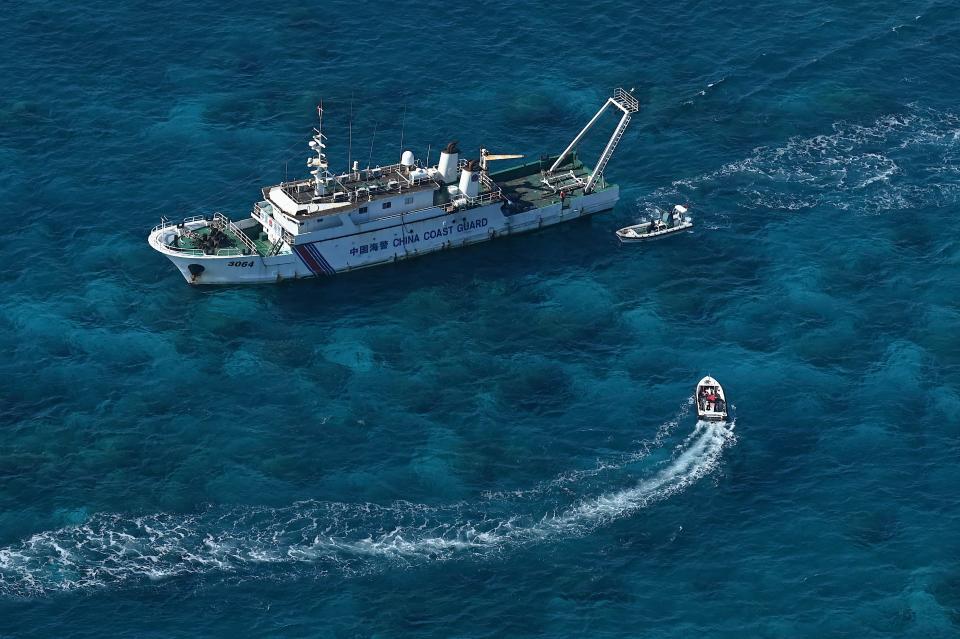

Xi is a year-and-a-half into his third term as China’s leader, and many of his recent moves suggest China is preparing for war. Xi successfully consolidated control over Hong Kong in 2020, and may have his eyes on a bigger prize.
In March, China dropped “peaceful reunification” when referring to Taiwan and announced a 7.2% increase in defense spending. Food and energy security, like petroleum reserves, have been stockpiled for years. New laws around civilian mobilization and economic self-reliance indicate Xi is preparing his people and the Chinese economy for the possibility of war. Military forces are being deployed nearer to Taiwan than ever, effectively shortening Taiwan’s reaction time. Stockpiling of China’s rocket force, too, suggests it would have more than enough missiles and rockets to target Taiwan.
Earlier this month, Mike Studeman, former commander of the Office of Naval Intelligence and director for intelligence for US Indo-Pacific Command, wrote in War on the Rocks: “There is no apparent countdown to D-day for initiating a blockade or invasion, but major strategic indicators clearly show that General Secretary Xi Jinping is still preparing his country for a showdown. Developments under way suggest Taiwan will face an existential crisis in single-digit years, most likely in the back half of the 2020s or front half of the 2030s.”
Some experts assess China would lean into the element of surprise, a core facet in their military doctrine. One common concern is that as China’s military exercises around Taiwan have grown in frequency and size, the line between exercise and potential attack is becoming blurred. “The bad news” with such a scenario, Dean Cheng, a senior advisor to the China program at the US Institute of Peace, said, “is they go to war with what they have on hand, because they probably haven’t had a chance to deploy more forces forward, stock up munitions, get everything loaded and ready to go. How important is surprise versus how important is being able to sustain the operation?”
That ploy resembles the massive Russian build-up on Ukraine’s borders prior to the 2022 invasion that officials had claimed was for field exercises.
Goldstein’s estimate is that while it’s still risky, “they have what they need, and they’re ready to undertake” an attack. “I don’t think we’ll have a lot of warning,” he added, noting a sudden set of actions that only unfolds over a period of hours would be more likely than many other clearer, long-term signs.
US involvement also factors in. “There is a possibility of American intervention which then goes to the question of how well can China conceal its preparations for an invasion?” Cheng said.
A Chinese ring of steel
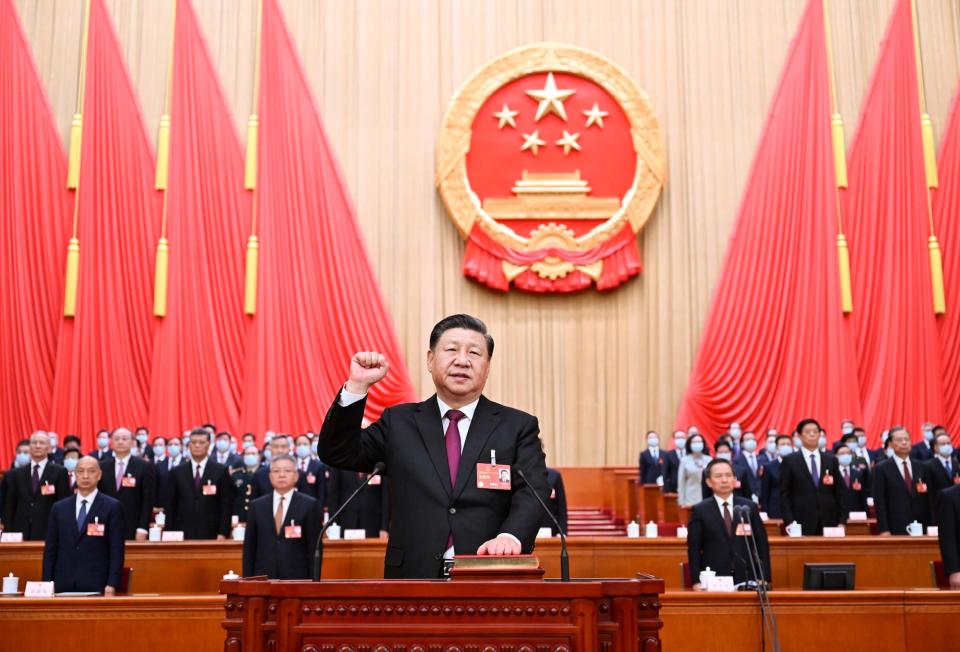

Experts, as well as US and Taiwan lawmakers and military officials, have long debated about the readiness of the People’s Liberation Army as China’s military is known.
“The PLA’s modernization plan, we think, is still on track, and is aimed at a 2027 period,” Cheng explained, with goals of being a fully modernized fighting force by then.
Before then, there’s a higher risk that an assault attempt would fail or shatter Beijing’s forces. “The PLA isn’t going to make the call, however, about whether to invade Taiwan, that’s going to be up to Chinese leadership, Xi in particular, and the rest of the Politburo Standing Committee,” top leadership in the CCP, Cheng said.
China has indicated it will use force if necessary, but a full-scale invasion likely has dire consequences for China. Other actions — such as an air and maritime blockade, as noted in DoD’s China report, limited force campaigns, air and missile campaigns, and seizure of Taiwan’s smaller occupied islands — could be preferable, and China boats much of those capabilities already.
A blockade, for example, would give the US and its allies more time to respond than a sudden, bolt-from-the-blue surprise attack. “It’s less risky in the sense that you’re not going to have necessarily thousands killed, but you’re giving Taiwan and the Americans time to organize a response,” Cheng said.
There’s also precedent at play: The US blockaded Cuba after it detected a deployment of Soviet nuclear missiles to the island in 1962 in what would become the Cold War’s most dangerous crisis.
US involvement in defending Taiwan from China is a major unknown. A war game analysis from the Center for Strategic and International Studies from January 2023 reported that in most of the 24 runs, the US, Taiwan, and Japan defeated a conventional amphibious invasion by China, but suffered heavy and severe losses.
But with all of this comes the consideration that Xi’s biggest priority is to reunify with Taiwan. As US Army Maj. Kyle Amonson and retired US Coast Guard Capt. Dane Egli wrote in 2023, much of when Xi decides to invade Taiwan comes down to how he wants to maintain his legacy in the Chinese Communist Party and Chinese society, as well as what accomplishing such a feat would do for him.
Scene for a showdown
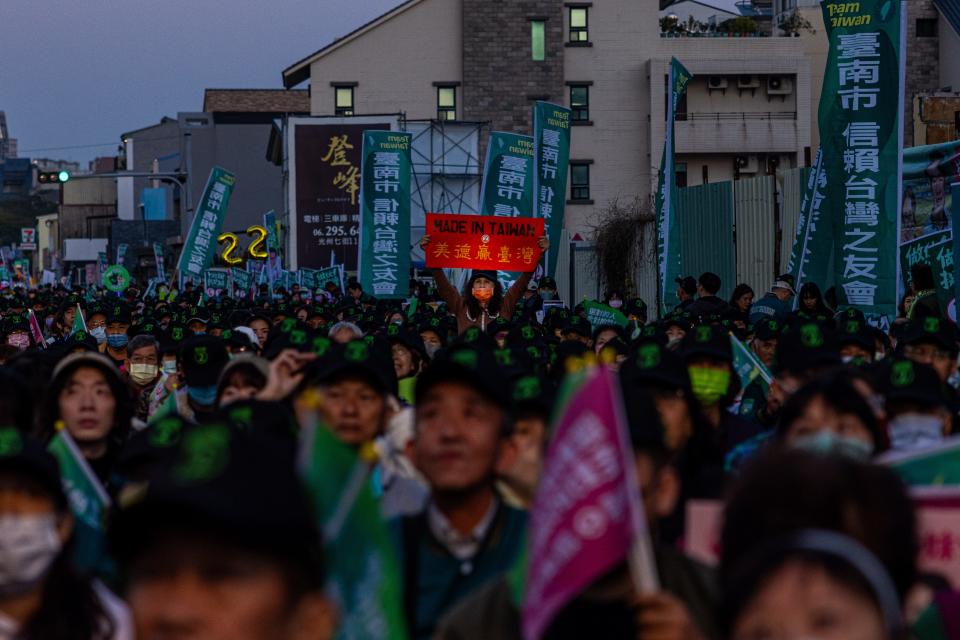

Cross-Strait relations have soured in recent years, especially with the Democratic Progressive Party in power since 2016, raising worries that military action for reunification is more likely and other options, such as diplomacy, aren’t. The worst case scenario is a full-scale invasion, which would unleash all-out war and potentially trigger responses from the US, Japan, the Philippines, and others.
In the late 2000s and early 2010s, Beijing’s economy was booming, Taiwanese students were traveling to the mainland for school work, and Chinese leadership likely believed Taiwan would eventually accept reunification.
“But the state of the economy and society, and the Chinese crackdown on Hong Kong, as well as other elements such as American actions, led Beijing to think time is no longer on their side,” Cheng said. “Tensions are definitely higher now, but where I would draw the line is that it doesn’t necessarily mean Beijing is about to launch an invasion.”
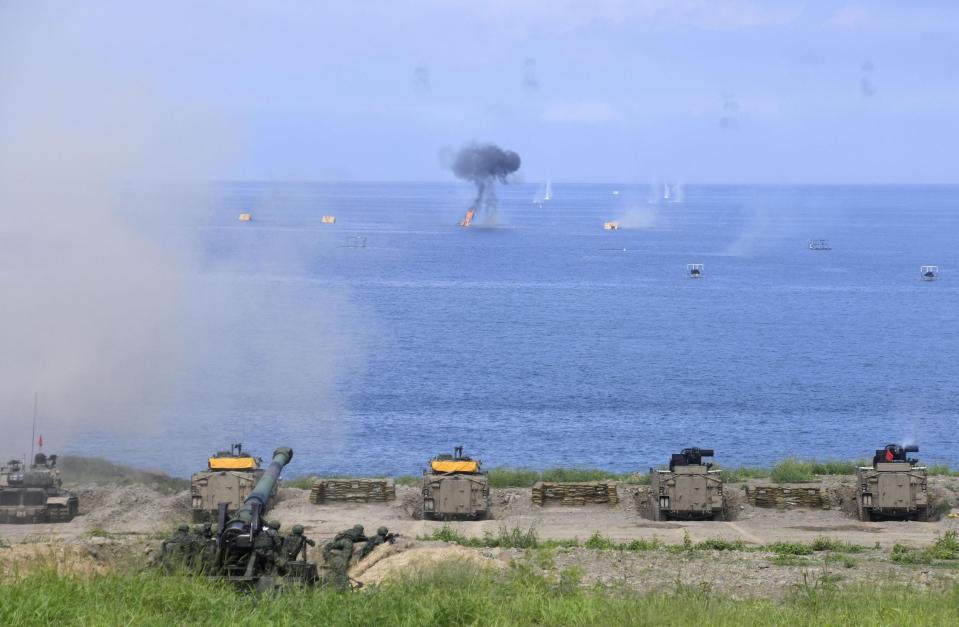

Goldstein said that in tracking Chinese media closely, calls for reunification are more frequent and heated. “I am concerned that China may see some reason to go earlier rather than later,” he explained.
Xi himself told US President Joe Biden in late 2023, “Look, peace is… all well and good, but at some point we need to move towards resolution.”
Read the original article on Business Insider
Source Agencies



